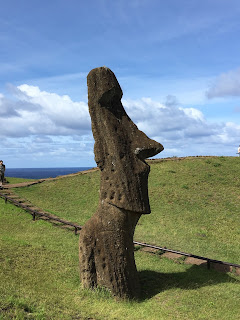Ten awesome days. Wow. I had to fight back tears at the Tahiti airport as Tiaré and Kahalani put shells around our necks and gave us their last bisous 😘. Knowing how far French Polynesia 🇵🇫is from home and how much we love it makes it hard to go.
We spent most of our time on the island of Tahiti, near the city of Papeete, in the outskirts of Papara. We also spent two beautiful nights on the island of Moorea. Polynesia is so friendly. It takes a while to get used to the heat, but the abundance of fresh fruit and fish is incredible.
On the island Moorea we stayed in a bungalow with an over-water deck, surrounded by fish. We swam and kayaked around the bay. It was amazing, and we didn’t even need to be on The Bachelorette finale to be there (hahahaha thank God).
On the island Moorea we stayed in a bungalow with an over-water deck, surrounded by fish. We swam and kayaked around the bay. It was amazing, and we didn’t even need to be on The Bachelorette finale to be there (hahahaha thank God).
When we went back to Tahiti, our friends the Raveinos picked us up and took us to their house, where we stayed for the rest of the week. They are great hosts, warm and welcoming, and there are always lots of family and friends around. They fed us well, toured us around the island, and taught us loads about Polynesian hospitality and culture. We attended their church, where they welcomed a new deacon. The church was huge, and packed, and the singing was — in French and Tahitian. After church there was a huge party to welcome the deacon and groups sang, danced, and regaled him with special gifts. We ate the Tahitian version of the church-reception potluck. Very cool.
It was a beautiful stay in Tahiti and we hope to go visit our friends again someday, and would also love to host them in Canada.



















